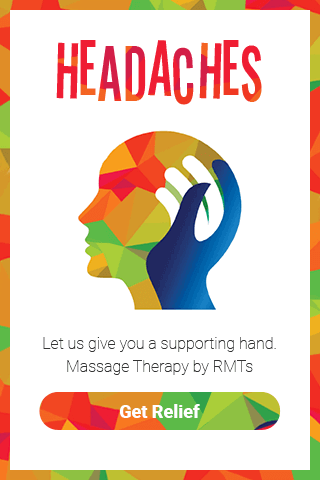What You Need to Know About Swedish Massage
During Swedish massage, the therapists uses oils to facilitate smooth, gliding strokes over the entire body. Other classic Swedish massage moves include kneading, friction, stretching and (sometimes) tapping. Swedish massage directly works on the muscles and soft tissues of the body.
Swedish massage uses firm and gentle pressure to promote relaxation, ease muscle tension and create other health benefits. Clients dictate the amount of pressure used and it varies client to client. Feel free to state your preference for pressure during Swedish massage. Swedish massage usually includes some deeper work on areas of specific muscle tension. If you want more intensive work and firmer pressure, get a deep tissue massage.
During Swedish massage you remove clothing to your comfort level and lie underneath a sheet and blanket. The therapist uncovers only the part of the body he/she is working on, a technique called “draping”. You can keep your underwear on during Swedish massage, and many newcomers do.
Swedish massage was pioneered by a Swedish physiologist, Henri Peter Ling, at the University of Stockholm in 1812. It was introduced to the U.S. in 1858 as “The Swedish Movement Cure.”
Swedish massage is the foundation for other types of Western massage, including sports massage, deep tissue massage and aromatherapy massage.
Ontario RMTs (licensed therapists) are trained in Swedish massage.
What is Massage Therapy
Massage is the practice of soft tissue manipulation with physical, functional, and in some cases psychological purposes and goals. The word comes from the French massage “friction of kneading” or from Arabic massa meaning “to touch, feel or handle” or from Latin massa meaning “mass, dough”.
Massage therapy involves the assessment and manipulation of soft tissues and joints of the body to affect a therapeutic response in the treatment and prevention of physical dysfunction.
Target tissues may include muscles, tendons, ligaments, skin, joints, or other connective tissue, as well as lymphatic vessels, or organs of the gastrointestinal system.
Massage therapy can be preventative or restorative, helping to maintain, rehabilitate, augment physical function or relieve pain.
Massage therapy can help alleviate the soft tissue discomfort associated with everyday stress, muscular overuse and many chronic pain syndromes.
If employed early enough after accidents involving trauma and injury, massage therapy can reduce the development of painful muscular patterning.
Massage Techniques
A wide range of hands-on techniques are used during massage. These techniques stretch and loosen connective tissues and muscles, affect movements that assist the action of the joints, and combine to increase function and range of motion thereby reducing muscle tension.
Massage therapy may include other modalities or specific techniques, such as:
- Hydrotherapy (the use of heat and cold)
- Trigger point therapy
- Myofascial therapy (connective tissue work)
- Deep tissue massage
- Rhythmic mobilizations
- Manual lymphatic drainage
- Hot stone massage therapy
- Craniosacral therapy
- Remedial exercises
